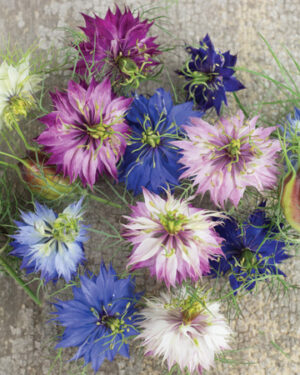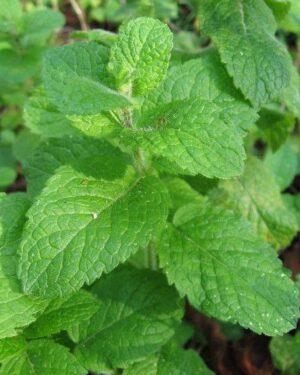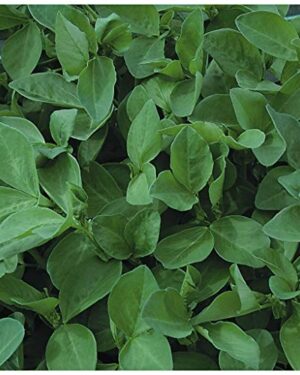Description
Lobelia Cambridge Blue
Lobelia Cambridge Blue. A compact variety delivering an abundance of gentle sky-blue lobelia flowers above airy foliage on compact plants. Perfect for bedding displays, edging, containers and window boxes.
Cultivation Advice
- Choose a location that receives partial shade to full sun. However, in regions with hotter climates, providing afternoon shade can be beneficial to prevent scorching.
- Lobelia Cambridge Blue prefers moist, well-draining soil with good organic content. Amend the soil with compost or well-rotted organic matter before planting to improve its texture and fertility.
- Plant lobelia seedlings or sow seeds after the last frost date in spring. Ensure the soil has warmed up adequately for successful germination.
- Space lobelia plants about 6 to 8 inches (15 to 20 cm) apart to allow for proper airflow and growth. Plant seedlings at the same depth they were growing in their containers.
- Keep the soil consistently moist, especially during the growing season. However, avoid overwatering or waterlogging, as this can lead to root rot.
- Mulching around the base of the plants can help retain soil moisture and regulate temperature.
- Use a balanced, water-soluble fertilizer or a slow-release fertilizer specifically formulated for flowering plants. Follow the instructions on the packaging for application rates and frequency.
- Regularly deadhead spent flowers to encourage continuous blooming and prevent the plant from putting energy into seed production.
- Trim back any leggy or straggly growth to promote bushier and more compact growth.
- Protect lobelia plants from strong winds, especially if they are tall and prone to bending or breaking. Providing support or planting them in a sheltered area can help.
- Lobelia Cambridge Blue is generally resistant to pests and diseases. However, keep an eye out for aphids, slugs, or snails. Address any issues promptly using appropriate methods.
- In regions with cold winters, lobelia might not survive harsh frosts. Consider mulching around the base of the plants to protect the roots, or treat them as annuals and replant the following year.
- Monitor your lobelia plants regularly for signs of stress, nutrient deficiencies, or pests. Adjust care practices accordingly to maintain their health and vigor.
- Lobelia Cambridge Blue thrives in cooler climates. If you’re in a region with very hot summers, ensure they receive ample moisture and some shade during the hottest parts of the day.
- In areas with mild winters, Lobelia Cambridge Blue may continue blooming through the winter months, providing color in the garden.
- Organic mulch, like shredded bark or compost, helps retain soil moisture, regulates temperature, and suppresses weeds. Apply a layer around the base of the plants but avoid covering the stems.
- Lobelia can be propagated from seeds or cuttings. Take stem cuttings in late spring or early summer, ensuring they have a node, and root them in a moist potting mix.
- Pinching or cutting back Lobelia can encourage bushier growth and more flowers. Pinch back the tips of young plants or prune them lightly after the first flush of flowers
- Lobelia Cambridge Blue can thrive in containers or hanging baskets, providing cascading blooms. Use a well-draining potting mix and ensure consistent moisture without waterlogging.
- Lobelia’s nectar-rich flowers attract hummingbirds and butterflies to the garden. Consider planting it alongside other nectar-bearing flowers to create a pollinator-friendly space.
- Pair Lobelia Cambridge Blue with other cool-season annuals or perennials like pansies, violas, or snapdragons for a vibrant and varied display in early spring or fall.
- Lobelia Cambridge Blue typically blooms early in the growing season. It’s also relatively tolerant of light frost but might benefit from protection in case of severe cold.
- Prune or trim back the plant after the main flowering period to encourage a second flush of blooms later in the season.
- In colder climates, provide extra insulation with a layer of mulch and consider cutting back the foliage before winter sets in.









Reviews
There are no reviews yet.